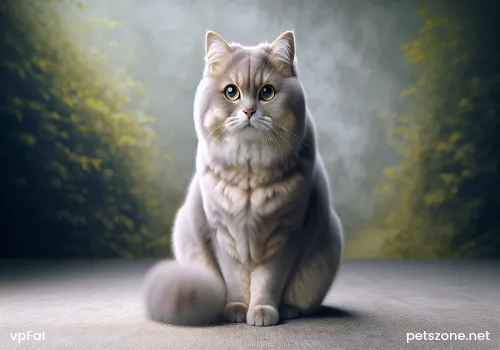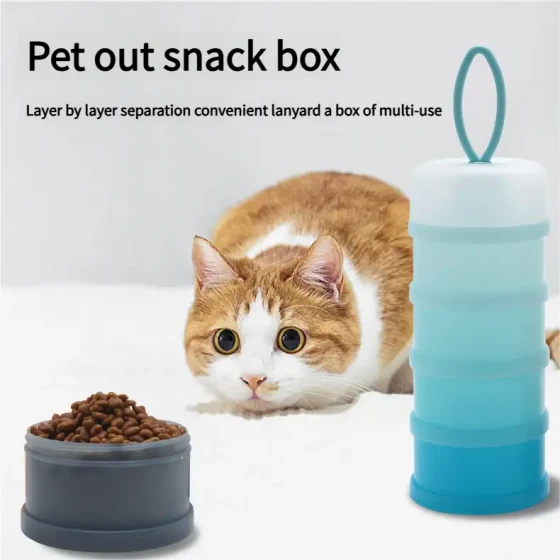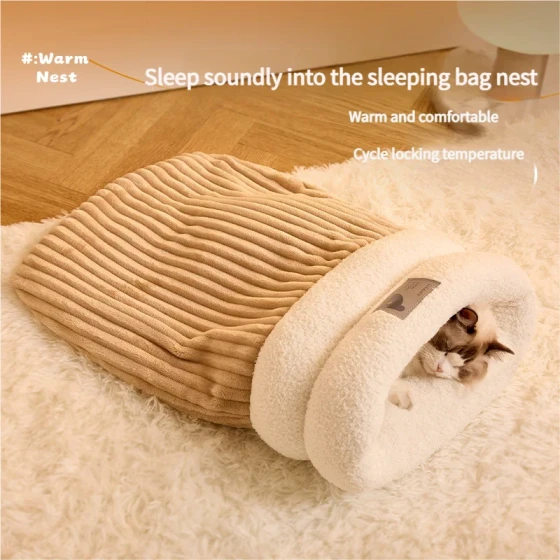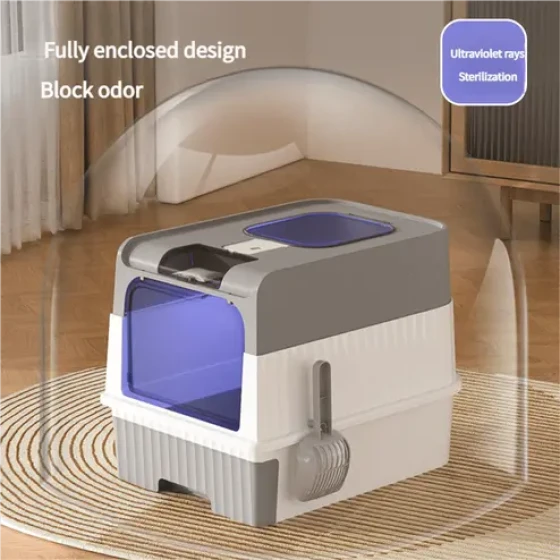Charming Elegant Lady: Creating a Beautiful Persian Cat in Just Four Steps

1. Be cautious when choosing food
1. Animal liver: Some cats love eating animal liver and refuse to eat other foods. Animal liver contains a large amount of vitamin A, but excessive intake of vitamin A can cause muscle stiffness, neck pain, bone and joint deformities, and liver diseases.
2. High-fat foods: If a cat's diet includes large amounts of high-fat fish or rancid fatty meat, it can lead to insufficient intake of vitamin E, causing inflammation and severe pain in the cat's body fat.
3. High-fat foods: If a cat's diet includes large amounts of high-fat fish or rancid fatty meat, it can lead to insufficient intake of vitamin E, causing inflammation and severe pain in the cat's body fat.
4. Raw fish: Some raw fish contain enzymes that destroy vitamin B1, and vitamin B1 deficiency can cause neurological diseases in cats, sometimes fatal. This enzyme can be destroyed by heating, so always cook fish thoroughly before feeding it to cats.
5. Meat: Although a cat's diet should mainly consist of meat, feeding only meat can result in imbalanced mineral and vitamin intake, leading to serious bone metabolism disorders.
6. Dog food: Nutrition in dog food differs from that in cat food; dog food does not meet the nutritional needs of cats. Although both cats and dogs are carnivores, dogs have lower nutritional requirements than cats.
7. Fish liver oil: When supplementing cats with extra vitamins and minerals, be very cautious. Excessive consumption of fish liver oil can cause vitamin A and D overdose, leading to skeletal diseases.
[Editor’s Comment]
Some cats love eating animal liver and refuse other foods. Animal liver contains abundant vitamin A, but excessive intake causes muscle stiffness, neck pain, bone and joint deformities, and liver disease. Avoid feeding cats food scraps or special "extra meals" as these do not provide balanced nutrition. Even if given, portions should be moderate; do not let your cat develop an unhealthy preference for one food type, as this can harm them.
Nowadays, cats are mostly kept indoors, so owners must be very careful about nutrition. Without proper knowledge, it's best not to prepare homemade cat food. Factory-made cat food is generally a better option for cats’ growth and health. Owners should select different foods according to the cat's life stages (kitten, adult, pregnancy, etc.). Kittens aged 2-5 months are growing rapidly and need more calories. At 3-4 months old, a 1 kg kitten requires 130-250 calories daily; at six months, 100 calories; adults require 80 calories. In nutrients, cats are essentially carnivores, needing more animal protein. Calcium deficiency can cause incomplete growth of bones, teeth, and claws; taurine deficiency can cause blindness or cardiomyopathy; and vitamin A deficiency can result in vision problems or deteriorated skin condition, so consider supplementing these. Calcium needs during kitten growth are 40% higher than adults.
2. Bathing should be meticulous
When bathing a cat, first prepare a baby bath with about 40°C warm water. Slowly immerse the cat, gently stroking its back while splashing water onto its body.
1. Thoroughly wet the fur below the neck. Hold the cat’s neck gently but firmly with your left hand to prevent escape. Your left hand should neither be too tight nor too loose so the cat can breathe and turn its head but cannot escape. Use your right hand or a spray to wet the fur below the neck.
2. Pour an appropriate amount of cat-specific shampoo on the fur and massage to create foam, paying special attention to paws, underbelly, and tail. After full lathering, rinse thoroughly with warm water until no foam remains. It’s hard to wash out the original dirt from a newly adopted cat at once. If you are quick, the room temperature is suitable, and the cat is calm, you may apply shampoo for a second wash, lather again, and rinse. If not, wait some time before the next bath.
3. Take the cat out and gently but quickly rub off excess water with your hands, then dry with a towel as much as possible.
4. Use a hairdryer on the lowest heat setting to dry the fur, combing gently with one hand like drying human hair. If the cat gets used to the sound, you can gradually increase airflow but avoid hot air that might burn the cat.
5. When the fur is about 70-80% dry, brush once. This removes loose hair and prevents hairballs from forming when the cat licks itself. If the cat has mats, carefully cut them off with scissors under someone’s assistance, avoiding skin injuries. Take your time to do this safely later if necessary.
[Editor’s Comment]
To properly care for Persian cats, if you choose to keep one, be prepared mentally. Raising a Persian cat well is not easy; the Persian cats admired in competitions require owners' significant effort. When bathing, control water temperature carefully. Cats dislike cold water, so never use cold water regardless of summer heat. Based on experience, bath water temperature for cats should be similar to human bathing water and adjusted according to the weather. Keep the water comfortably warm, because hot water can burn, and cold water can cause catching a cold.
Dealing with Persian cats’ tear flow: Cats often tear up when ill; purebred Persians commonly have tear flow issues, but tearing doesn’t always mean eye disease. The facial structure of Persians differs from other cats; their tear ducts are relatively short, so tears occur easily when they see food or yawn. Also, note that Exotic Shorthair and Persian cats have flat noses and narrow, short respiratory tracts. Owners must ensure bath water isn’t too hot to avoid breathing difficulties which might make cats resist bathing in the future.
3. Complete grooming and health care
1. Cat ear care
If your cat is healthy, no special attention is needed for ears. Check for debris inside the ears and clean with a cotton ball dipped in olive oil. If the cat keeps scratching its ears, check for black wax spots. Persistent scratching may mean ear disease or wax blockage, in which case see a vet.
2. Cat eye care
Wipe cat eye discharge with a cotton ball moistened with warm water. Cat eyes should be bright and clean. Inflammation or discharge may indicate serious health issues.
3. Washing the face
Long-haired cats often have tear duct blockages causing tears to stain their cheeks black. To clean stains, use a cotton ball dipped in mild saline to wipe the fur on cheeks. If this recurs, consult a veterinarian.
4. Checking the cat’s mouth
Check for tartar on cat teeth. Ideally, brush your cat’s teeth weekly to prevent tartar buildup. If your cat refuses, vet cleaning and polishing annually is necessary.
5. Cat claw care
Healthy active cats naturally wear down their claws during movement. If your cat is old or indoor-only, check if claws need trimming.
6. Claw trimming
If trimming is necessary, hold the cat firmly on your lap. Press the paw gently to extend the claw. Examine carefully. The main claw part includes pink quicks containing nerves; do not cut into live tissue.
7. Cleaning cat claws
Cat claws rarely get dirty; if so, clean easily with a wet cotton ball.
[Editor’s Comment]
If weather permits, it’s best to groom cats outside. Outdoor grooming lets dirt, fur, and fleas stay outside and benefits people allergic to cat fur and dander. If not possible, the second-best locations are porches, bathrooms, or public indoor spaces. Indoors, place the cat on paper or plastic mats for grooming. (Source:PetsZone)


